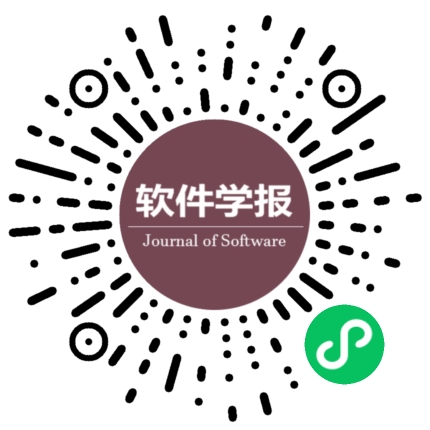基于DH标定的机器人正向运动学形式化验证
作者:
作者单位:
作者简介:
谢果君(1992-), 男, 博士生, CCF学生会员, 主要研究领域为形式化工程数学, 控制系统形式化, 定理证明. ;杨焕焕(1994-), 女, 博士生, 主要研究领域为人工智能, 强化学习, 机器学习, 智能控制系统. ;石正璞(1986-), 男, 博士生, 主要研究领域为形式化工程数学, Coq定理证明, 飞行控制系统, 硬件设计, 嵌入式系统;陈钢(1958-), 男, 博士, 教授, 博士生导师, CCF杰出会员, 主要研究领域为形式化工程数学, Coq 定理证明, 函数式语言, 类型系统, 形式化方法, 控制系统.
通讯作者:
陈钢, E-mail: gangchensh@nuaa.edu.cn
中图分类号:
基金项目:
Formal Verification of Robot Forward Kinematics Based on DH Calibration
Author:
Affiliation:
Fund Project:
引用本文
谢果君,杨焕焕,石正璞,陈钢.基于DH标定的机器人正向运动学形式化验证.软件学报,2024,35(9):4160-4178
复制相关视频
分享
文章指标
- 点击次数:
- 下载次数:
- HTML阅读次数:
历史
- 收稿日期:2023-09-11
- 最后修改日期:2023-10-30
- 录用日期:
- 在线发布日期: 2024-01-05
- 出版日期: 2024-09-06
文章二维码

您是第位访问者
版权所有:中国科学院软件研究所 京ICP备05046678号-3
地址:北京市海淀区中关村南四街4号,邮政编码:100190
电话:010-62562563 传真:010-62562533 Email:jos@iscas.ac.cn
技术支持:北京勤云科技发展有限公司
版权所有:中国科学院软件研究所 京ICP备05046678号-3
地址:北京市海淀区中关村南四街4号,邮政编码:100190
电话:010-62562563 传真:010-62562533 Email:jos@iscas.ac.cn
技术支持:北京勤云科技发展有限公司



